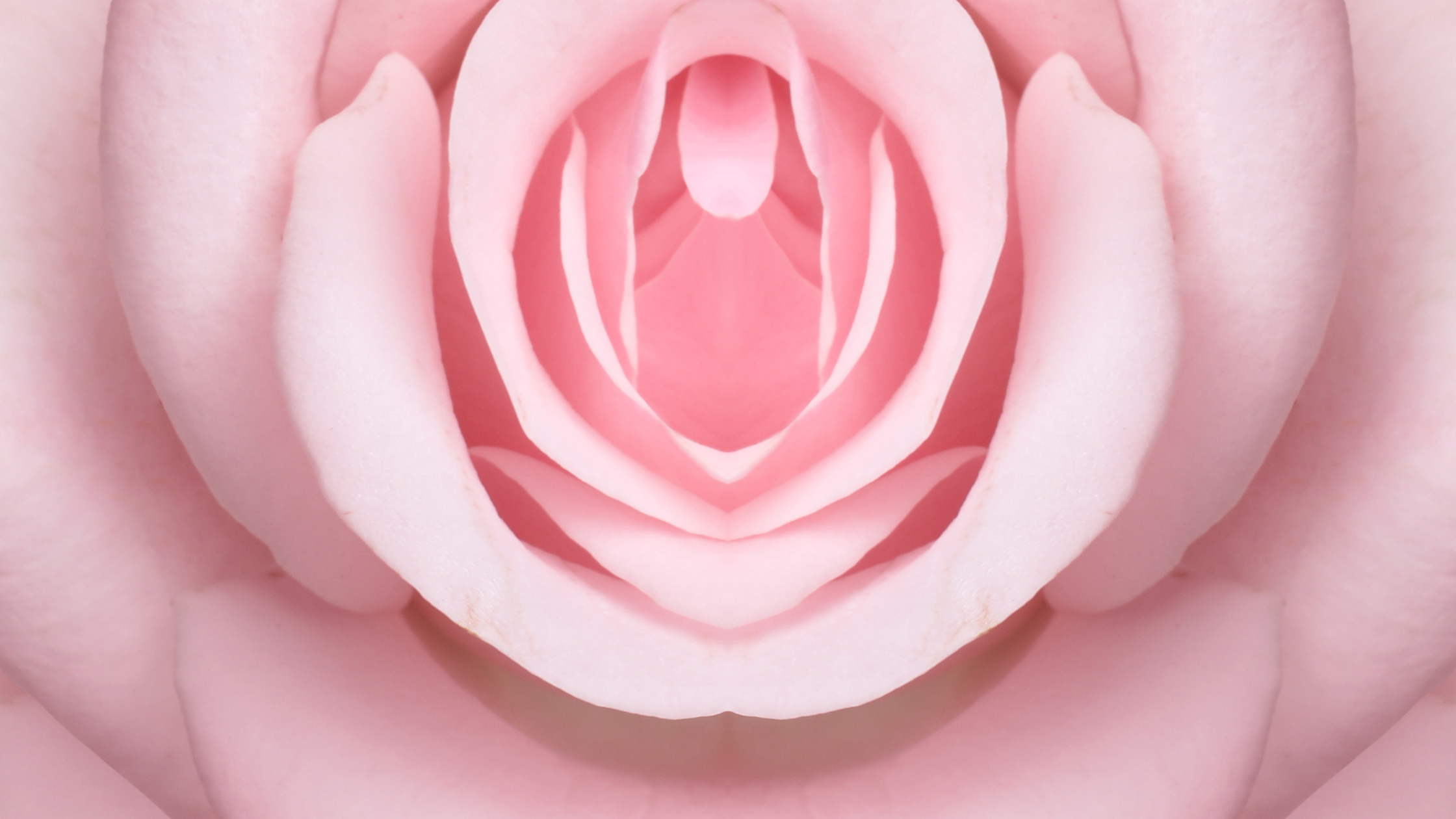Get to know your pleasure spots

SheSpot Sexologist Alice Child unpacks some amazing facts about the clitoris and vulva, including all the different pleasure spots and how to give yourself (or others!) amazing pleasure.
Why don't we know enough about female pleasure?
Sex and pleasure (especially female sex and pleasure) has been wildly under researched and under funded. In fact, it was only as late as 2009 that the full structure of the clitoris was fully scanned and understood.
This means the clitoris is not only not taught about in sex education at school, but it is actually missing from many anatomical textbooks. WILD. It’s time to change all that and get clitoriate!
The more we know about our bodies, the more empowered we are to have amazing, pleasurable sex and intimacy.
Ok let’s start at the beginning - what is the difference between the vagina and the vulva?
Although lots of people use the word ‘vagina’ to describe all female genitals, the ‘vulva’ is the correct word for everything outside the body (eg the inner / outer labia and the head of the clitoris that sits right at the top of the inner labia) and the ‘vagina’ is the internal passage that joins the uterus to the outside of the body.
When it comes to language, remember you should use whatever language the person who owns that body part likes to use - it's their body!
What is the clitoris?
The clitoris is the female erogenous organ capable of erection when we are aroused and turned on. What you see on the outside of the body is only the tip of the iceberg!
The majority of the clitoris (it's 7-11cm in size) lives under the surface of the skin, branching out either side of the opening to the vagina and downwards in two ‘legs’ and two ‘bulbs’. The part we can see and feel at the top of our vulva (where the two labia meet) is just the head or the 'glans'.
There is so much more to explore and discover internally. Rather than just focusing on the tip, it's a great idea to stimulate the rest of the clitoris and vulva too. This stops the glans becoming over sensitive and results in more full-bodied pleasure.
Why is foreplay so important?
Ok, this is very important, so listen closely. Just like the penis is filled with erectile tissue and so fills up with blood during arousal and becomes more sensitive, engorged, and pleasurable to touch, so is the clitoris. In fact, it can swell as much as 300% when aroused. This means women get erections too! But remember, most of the clitoris’ erectile tissue is under the surface of the skin, so we can’t see our ‘erection’ as easily!
This is really important when it comes to pleasurable sex. We need to give our body and clitoris time to become fully engorged/aroused before sexual touch feels great. This is especially true of internal penetration, where we need those clitoral bulbs on either side of our vagina to be engorged in order for it to feel great.
How much foreplay are we talking?
Engorgement and arousal can take a really long time! In fact, it can take up to 30-40 minutes to become fully erect and engorged! This is why foreplay, taking your time, and listening to your body is so important.
Slow down, and savour the whole experience instead of rushing straight to penetration.
- What are the different pleasure spots?
There are so many and they all enjoy and respond to different types of stimulation. Remember arousal takes TIME, CONTEXT and STIMULUS to build, so go slowly, set up your space, grab some lube, communicate, and see what works for you today.
Mons/Pubic Mound - Above your genitals is the mons or pubic mound, where your pubic hair grows. Deep vibration or massage can feel amazing here.
Vulva - All of the genitals on the outside of the body - including labia, clitoral glans, hood, etc. This whole area is an erogenous zone, and massage with long, sweeping strokes can feel amazing.
Inner and Outer labia / lips:
Gently hold, cup or massage the vulva. You can also use lube or body safe massage oil and massage between the inner and outer labia to stimulate the internal clitoris. Go slowly - anticipation is a great turn on, so never start at the head of the clitoris. It takes time for the body to get aroused and relaxed and ready for clitoral touch or penetration.
Vestibule:
This is the very sensitive skin inside the inner labia, near the opening of the vagina. Lots of lube and stroking can feel amazing here.
Clitorial shaft/ hood: The Clitoral shaft is sort of like a mini penis running under a bit of skin called the clitoral hood, right at the top of the vulva. The clitoris is all made of erectile tissue, meaning it fills up with blood the more turned on you are. Rubbing up and down over the hood can feel amazing, or try bigger and smaller circles to build anticipation.
Head of clitoris: The whole clitoris is absolutely packed full of nerve endings, and the head of the clitoris has over 10,00 - more than anywhere else on the human body! This is why it is so sensitive. These nerve endings send impulses to the brain. Each nerve perceives stimulation differently, depending on where you’re being touched. This is why touch on your clitoris feels different to touch anywhere else on your body.
Stimulation with fingers, pulsing, vibration, gentle kissing/sucking, and using lots of lube can feel great here. Some people don't like direct or ongoing clitoral touch - it can feel too intense or they can become over sensitised. It's therefore always a good idea to mix it up with other types of touch - massage strokes on the outer labia, a circling technique through the clitoral hood, or moving somewhere else entirely.
Vaginal opening: The internal clitoral bulbs sit either side of the vagina, so always wait until the clitoris is fully erect (we are talking 20 minutes at least!) before inserting anything so that penetration is as pleasurable as possible. Place something (eg a finger or a toy) at the opening, and ask the receiver to breathe deeply and move their hips to invite you in. If you’re not sure if they are ready for penetration - then ask!
Vagina - The tube that runs from outside of the body and up to the cervix (at the base of the uterus). The vagina is where penetration occurs, such as with fingers, toys, or a penis. The vagina varies in length and size from person to person, and is usually most sensitive right at the opening or just inside (because of those clitorial bulbs!)
G-spot The G-spot is actually a ‘crest’ of tissue that surrounds the urethra - the tube that carries wee from the bladder and out of the body (urethra). This is called the ‘urethral sponge’. When you are stimulating this area inside the vagina it can feel incredibly pleasurable. You can find it by trying a ‘come hither’ motion with your fingers inside your vagina, moving towards the belly button. It feels like textured or ridged spongy tissue, and changes with arousal and engorgement. It might feel really pleasurable when engorged, but a bit uncomfortable when you’re not aroused - so remember to listen to your own body.
A-Spot - Sensitive zone right at the back of the top wall of the vagina, past g-spot/crest and deeper - right in front of the cervix. By applying pressure here, it can lead to fullbodied and deep orgasms. Some people can reach it on their own, but often toys are needed to reach this spot.
Cervix - The opening between the vagina and the uterus/womb. On some bodies you can feel it with your fingers when inserting them into your vagina, and on other bodies it is too deep inside to reach with fingers alone. It can be incredibly pleasurable to stimulate, or it might feel uncomfortable. Learn your body! It moves around freely inside the body and changes in position depending on your cycle. So don’t be alarmed if its in a slightly different position one day to the next!

Leave a comment